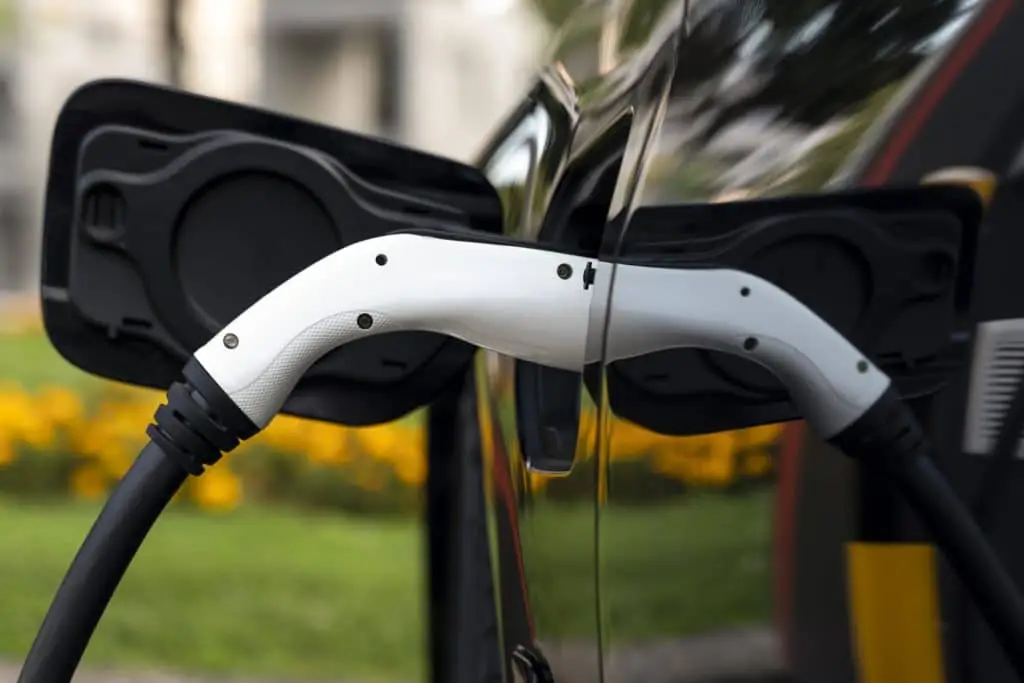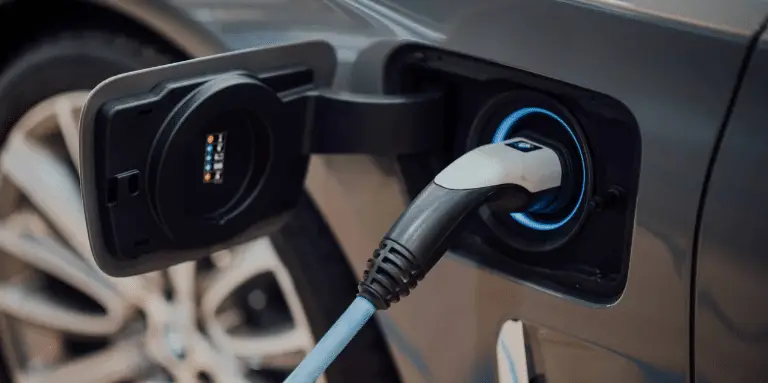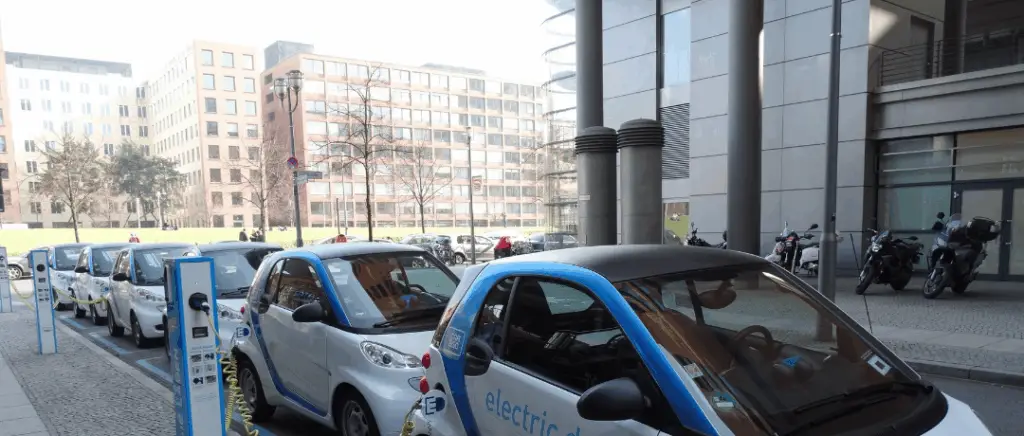Right to take for tenants in co-owned properties
What is the right to a plug and what does the law say?

The right to plug into a shared-ownership vehicle aims to facilitate access to electromobility by removing the obstacles posed by the lack of home recharging solutions, particularly in apartment blocks.
This right enables co-owners to install a charging point without the agreement of the other co-owners, provided that the work does not affect the structure of the building. Introduced by the decree no. 2011-873 of 25 July 2011This right was extended by the decree no. 2020-1720 of 24 December 2020.
Similar to the right to an aerial, the right to a socket provides a legal framework enabling all private individuals, whether owners or tenants, to have a recharging infrastructure for electric or rechargeable hybrid vehicles in shared ownership.
In practical terms, this right allows individuals to request the installation of an electric charging point in their parking space if their building does not have one. The power of the charging point must be less than or equal to 22 kW.
The lessor's obligations with regard to the right to take
If the tenant wishes to exercise his right to take, the landlord must comply with certain administrative formalities. Here's what to do:
- When the tenant notifies the landlord of his intention to install a charging point, the landlord must forward the request to the co-ownership association within a maximum of one month.
- Once the tenant has signed a contract with a charging point provider and submitted the quote to the landlord, the latter must also forward the file to the co-ownership association within a maximum of 15 days.
- The owner's obligations are limited to providing all the documents required by the property manager to complete the project within the specified timeframe.
All other responsibilities fall to the property manager, including organising the allocation of electricity consumption with the chosen service provider within a maximum period of two and a half months.
Can the lessor say no to a request for the right to take?
Landlords do not have the exclusive power to refuse a tenant the right to take. This decision is made by the syndicate of co-owners, representing all the co-owners, and can be contested under certain conditions:
- The syndicate, via the syndic, must refer the matter to the President of the Court within 3 months of being notified of the project.
- The grounds for opposition must be serious and legitimate.
Among the reasons considered to be serious and legitimate are :
- The previous presence of a charging point in the parking space in question.
- The co-ownership has already decided to install a charging point in this parking space within a reasonable timeframe.
The right to plug in: what is the procedure for installing a recharging point?
The right to a plug offers all residents of a building, whether owners or tenants and users of an electric or rechargeable hybrid vehicle, the opportunity to request the installation of a charging point in their private parking space, whether inside or outside the building.
Here are the steps to follow to benefit from this right:
Application for authorisation to install
The co-owner or tenant sends a request to the co-ownership association by registered post with acknowledgement of receipt. This request must include the following information: the identity of the applicant and the location of his or her parking space, the technical specifications of the charging point, a description of the work required for installation, and a certificate of insurance covering the risks associated with the work and the use of the charging point.
Assessment of the request by the trustee
The syndic has three months to examine the request and present it to the general meeting of co-owners. He may also call in an expert to assist him in this task.
Decision of the General Meeting
The general meeting of co-owners takes a decision by an absolute majority of the votes of the co-owners present or represented. In the event of refusal, the co-owner or lessee has the option of bringing the matter before the judge of the Tribunal de Grande Instance to assert his right to a taking.
Carrying out the work
The work involved in installing the charging point is carried out by a qualified electrician, and the cost is borne by the co-owner or tenant making the request. It is also possible to receive financial assistance to cover part of the installation costs.
Commissioning the recharging point
The charging point must comply with current standards, and a certificate of compliance must be issued by the electrician who carried out the work. The co-owner or tenant is responsible for the upkeep and maintenance of the charging point.
Points to remember :
- The right to a plug only applies to individual charging point installations, and it is not possible to request the installation of a charging point in a parking space in the communal areas.
- The building manager cannot refuse to install a charging point if the request complies with legal and regulatory provisions.
- In the event of a dispute, the judge of the Tribunal de Grande Instance has jurisdiction to settle the matter.
The rights and duties of a landlord when installing a terminal in a detached house
Landlords do not have to install charging points in individual homes
In the case of single-family homes, French law does not require landlords to install charging points for electric vehicles (EVs) or rechargeable hybrids. The right to a plug, which obliges landlords to fit the property with an electrical socket for recharging an EV, only applies to blocks of flats.
Consequence:
- The tenant of a detached house can ask the landlord to install a charging point, but the landlord is entitled to refuse.
- If the landlord agrees, the cost of the work is borne by the tenant.
- However, tenants may be eligible for financial assistance to install a charging point.
What are the tenant's obligations?
When a tenant living in a detached house wishes to install a charging point, the law requires them to inform the owner of the property. The owner then has the option of approving or rejecting the project. Alternatively, the landlord may choose to make a financial contribution towards the purchase and installation of the device, or even pay the full cost, which could mean an increase in rent.
Installing a charging point in a rental property represents significant added value. It increases the green value of the property, making it more attractive on the property market thanks to its environmentally-friendly features.
Co-ownership obligations for charging stations
Pre-equipping new condominiums
From 1 January 2021, new regulations will require all new residential buildings for which planning permission is granted after this date to include pre-equipment for the future installation of electric vehicle charging points. This means that during construction, the necessary ducts and specific locations for these charging points must be incorporated from the outset. The property developer is responsible for financing this pre-equipment.
With regard to specific requirements, each parking space in the building must be pre-equipped, with a minimum of one space per dwelling. For car parks with more than ten spaces, 25 % of these spaces must be equipped for rapid recharging. The aim of this measure is to facilitate the future adoption of electric vehicles by guaranteeing the infrastructure required for recharging.
Addition of charging points to the AGM agenda for older condominiums
According to thearticle 24-5 of law no. 65-557 du 10 juillet 1965, older condominiums are obliged to put the issue of installing charging points for electric vehicles on the agenda of annual general meetings of condominium owners. This allows co-owners to discuss and decide collectively on the installation of these charging points, to encourage the transition to electric mobility.
If you are concerned about this issue, we recommend that you find out more from your co-ownership association or consult a professional who specialises in co-ownership.
Conclusion
The "droit à la prise" scheme makes it easier to install charging points for electric vehicles in condominiums, by simplifying the administrative procedures for tenants and condominium owners. Landlords are required to submit requests and quotes to the building manager within a set timeframe, but cannot refuse without serious grounds. In the case of single-family homes, landlords are not obliged to install charging points, but may accept the tenant's request, subject to the tenant bearing the costs.
New condominiums must be pre-equipped for charging stations, and older condominiums must discuss the installation of charging stations at general meetings. These measures are designed to support the transition to more accessible and sustainable electric mobility.
If you would like to find out more about the tax credit for in-car charging points 2024For more information, see our article on this subject.
With Beev
Switch to
Electric cars
or install your
Charging station
For individuals and businesses
































